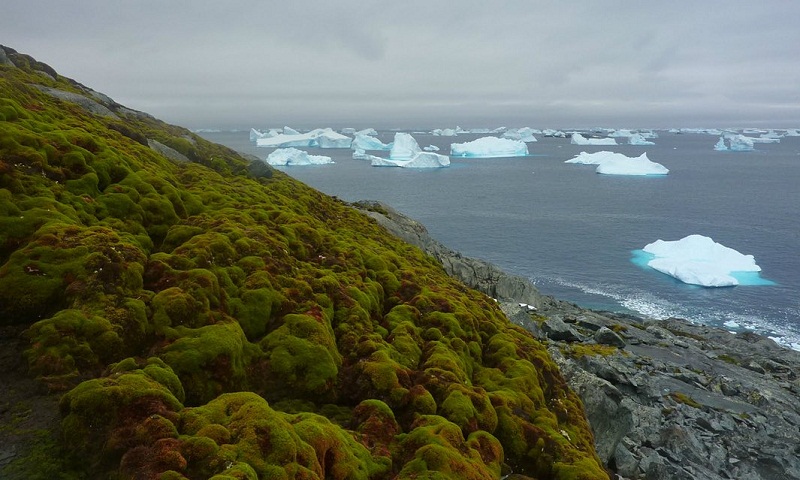Climate change is turning Antarctica green, say researchers

In the past 50 years the quantity and rate of plant growth has shot up, says study, suggesting further warming could lead to rapid ecosystem changes. Antarctica may conjure up an image of a pristine white landscape, but researchers say climate change is turning the continent green. Scientists studying banks of moss in Antarctica have found that the quantity of moss, and the rate of plant growth, has shot up in the past 50 years, suggesting the continent may have a verdant future. “Antarctica is not going to become entirely green, but it will become more green than it currently is,” said Matt Amesbury, co-author of the research from the University of Exeter. “This is linking into other processes that are happening on the Antarctic Peninsula at the moment, particularly things like glacier retreat which are freeing up new areas of ice-free land – and the mosses particularly are very effective colonisers of those new areas,” he added. In the second half of the 20th century, the Antarctic Peninsula experienced rapid temperature increases, warming by about half a degree per decade. Plant life on Antarctica is scarce, existing on only 0.3% of the continent, but moss, well preserved in chilly sediments, offers scientists a way of exploring how plants have responded to such changes. Writing in the journal Current Biology, scientists from three British universities and the British Antarctic Survey describe how they gathered data from five vertical columns of sediments, or cores, drilled from three islands just off the Antarctic Peninsula – the northernmost part of Antarctica that reaches out towards south America.The team then analysed the cores, examining the top 20cm of each to allow the scientists to look back over 150 years and explore changes over time across a number of factors. These included the amount of moss, its rate of growth, the size of populations of microbes and a ratio of different forms, or isotopes, of carbon in the plants that indicates how favourable conditions were for photosynthesis at a particular point in time.The cores reveal that the warming climate of Antarctica in the past 50 years has spurred on biological activity: the rate of moss growth is now four to five times higher than it was pre-1950.
Read More:

